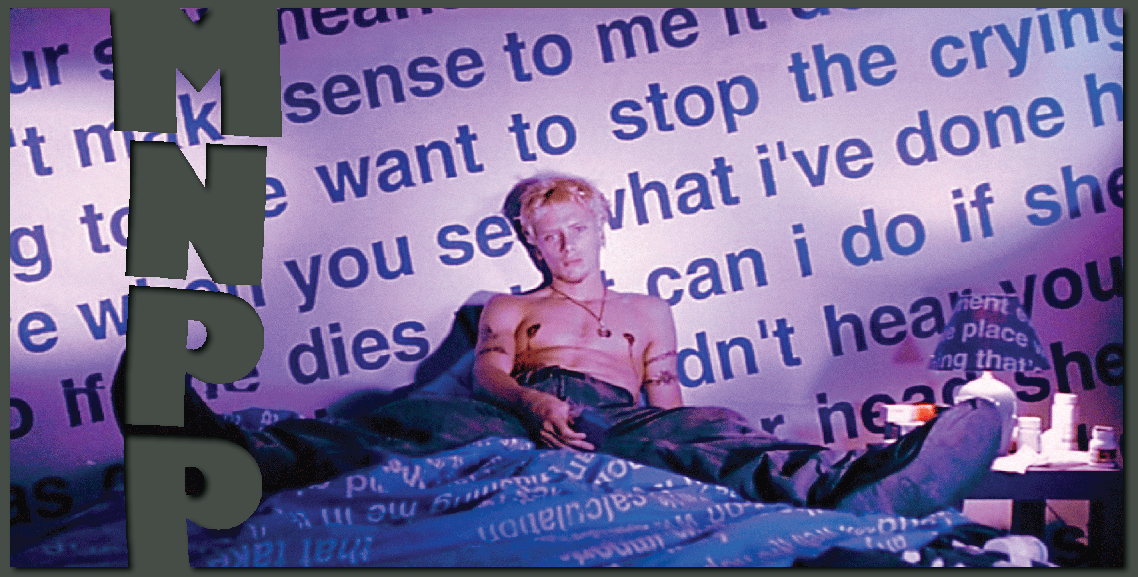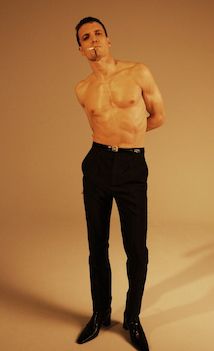.
For the past two weeks I've been struggling to come up with words that feel adequate to express the profound slap of a feeling I felt as I walked out of Elem Klimov's 1985 anti-war masterpiece Come and See. (A new 2K restoration of which opened today at Film Forum here in NYC -- watch the trailer here.) Nothing seems good enough. Even the word "masterpiece" feels thin gruel, reductive -- the film goes beyond the idea of art and the ability to talk about art and it becomes an experience. To paraphrase Ouisa Kittredge in Six Degrees of Separation (as I too often do) I won't turn it into an anecdote. It was an experience.
The film is one of the most powerful examples I've come across of an image's power over the written, the spoken, text -- the whole "a picture's worth a thousand words" conceit. Come and See certainly fits right in alongside silent era stunners like The Passion of Joan of Arc or Sunrise; films where the camera itself comes across as a conduit, some kind of a sorcerer's vessel for capturing the sum total of an idea. Come and See is War.
It's right there in the title. There's something almost fairy tale sounding about it, as if Klimov means to take us by the hand and leading us into the forest to show us magic and wonder, witches and faeries and emerald tall palaces against the bluest of skies. The film starts in that vein, in 1943 as little Flyora (Aleksey Kravchenko) decides to enlist with the Soviet resistance fighting the Nazis who are closing in on his little Belarusian village. Flyora's innocence about the notion, giggling at his worried mother with his dull ideas of patriotism and heroism and valor, are not long for the world -- the next time he'll visit his village its entirety is a loose stack of limbs, pale kindling piled behind a shed that the film barely takes time to glimpse.
Like that the horror becomes so commonplace, so half-glanced, it permeates our flesh, makes our skin prickle with it -- the fog, a bloodless color of corpses, seems to crawl right off the screen and surround us as we watch a whirlwind of atrocity, us trapped at its cold dark cold center. Too much to ever absorb, it washes over, small waves in a bog, a mud puddle from here to never heaven. I wouldn't have been surprised to look down and see that moss had grown beneath my nails, that my boots were awash in blood.
Come and See somehow straddles the impossible, simplifying the atrocities of World War II, of any war, down to a series of poetic sequences, ones that still never seem to belittle the reality of that; the price etched and scarred across humanity's worst self. The film's surreal hell-scape, one where mutilated cows substitute for pillows (all the better to jump over the moon, my friend), one where time itself strides backwards in furious marching montage, seems so practical, so honest, that you could reach out and touch it. Its power lay in its starkly conceivable impossibility; in its vision of the egg that birthed us cracked and spoiled and stomped down into the muck. Life-force and possibility spent instead on the mad absurdity of mass murder.
.








































No comments:
Post a Comment